The Pros and Cons of Conventional and Adaptive Cruise Control

It wasn’t that long ago that adaptive cruise control was only available in vehicles from premium brands like Mercedes-Benz and BMW.
But the technology, which uses sensors — and in some cases cameras — to regulate a vehicle’s speed based on the pace of the vehicle ahead, is starting to find its way into far more affordable offerings. It’s the same trickle-down effect that’s happened with everything from seat belts and CD players, and one that will continue until adaptive cruise control is available in even the most inexpensive new models on the market. Among the latest affordable offerings to be fitted with adaptive cruise is the 2018 Toyota C-HR, which starts at $22,500 ($24,690 in Canada) and includes it as standard equipment.
These systems aren’t without their faults, however. While conventional systems control the vehicle’s throttle and nothing more, adaptive ones use sensors and cameras to control a combination of the throttle and brakes. One of the hallmarks of driving is being in control. Relinquishing even some of it, then, can be a bit unnerving. It certainly feels unnatural when a vehicle slows itself, especially when it happens abruptly, and takes some getting used to.
ALSO SEE: 2018 Toyota C-HR Review
Adaptive cruise control systems can also be frustrating to use. For starters, they aren’t standardized, which means it’s up to automakers to decide how closely theirs will follow the vehicle ahead. More often than not, they don’t follow closely enough, providing ample opportunity for another driver to sneak into the buffer zone between vehicles. Aside from adding aggravation to the commute, that scenario can be problematic for others on the road. Because adaptive systems don’t have the wherewithal to simply disengage and coast until a safe following distance is re-established, they default to applying the brakes, which, in turn, forces those following to apply theirs.
If that’s not frustrating enough, the fact that adaptive cruise systems are sensor-based means all it takes is a little road debris to render them useless. Any obstruction, like mud or ice, leaves adaptive cruise control systems inoperable until the sensors are cleaned. But the bigger problem is that until those sensors are cleared, most vehicles fitted with adaptive systems are left with no cruise control at all.
The solution, then, is to find a system that does both. Call it a failsafe, but having the ability to operate as either conventional or adaptive cruise control systems provides choice.
One such system that has the ability to be either conventional or adaptive cruise control is found in the 2017 Jeep Grand Cherokee. A conventional system is standard across the Grand Cherokee’s trim range, with adaptive cruise available. But rather than replace the conventional system, the adaptive cruise control joins it, with separate steering wheel-mounted controls to distinguish the two. Drivers who aren’t comfortable using adaptive cruise don’t have to, while the issue of a dirty car won’t force drivers to pull over and clean their sensors or be left with no cruise control at all.
As far as the future goes, there’s little doubt that adaptive cruise control is going to play a big part in it. But it’s also not perfect, which makes a blend of conventional and adaptive systems a ideal solution as it continues to work its way into everything from the expensive to the affordable.

Dan is AutoGuide.com's Road Test Editor, a long-suffering Buffalo Bills fan, and a car guy since childhood. He enjoys long walks on the beach and long drives just about anywhere the road, track or trail will take him. You'll see him driving around evaluating cars and in front of a camera talking about them. Dan is a member of the World Car of the Year jury.
More by Dan Ilika



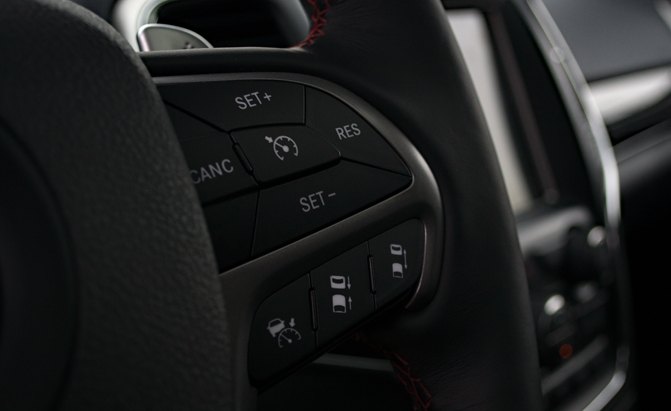














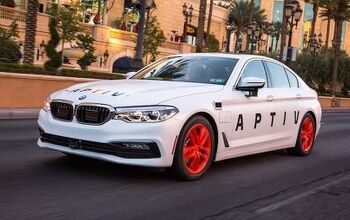
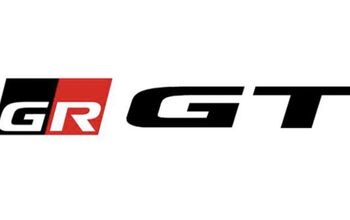
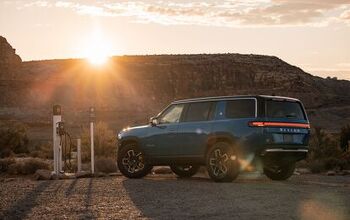

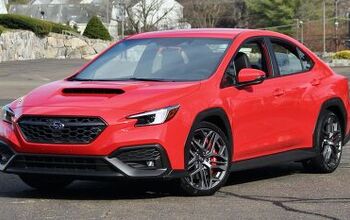


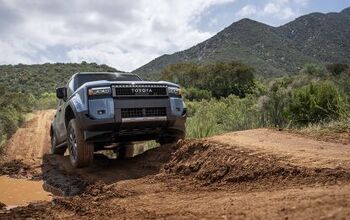
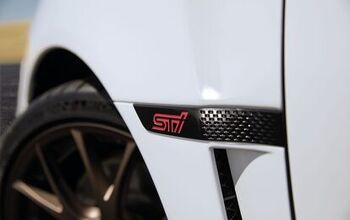
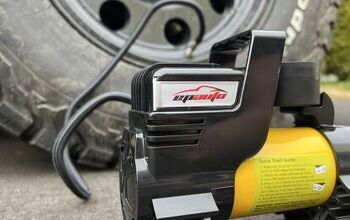


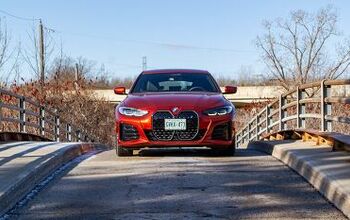

Comments
Join the conversation
Some tech stuff is just overkill...who can't just tap the cruise up or down to fit into the traffic around them. Most just want to go around and not slow down anyway. If adaptive is not selectable or reliable...why bother.
I have this on my 2014 Toyota Avalon, both systems and I really like it. The only time the Adaptive cruise control systems acts up in fog and at which time I could set to manual cruise or keep it off as visibility is usually limited. Like everything else, we have to use common sense but once you familiarize yourself with these new electronic gadgets, you kind of get spoiled and look for them when you hop into another vehicle.